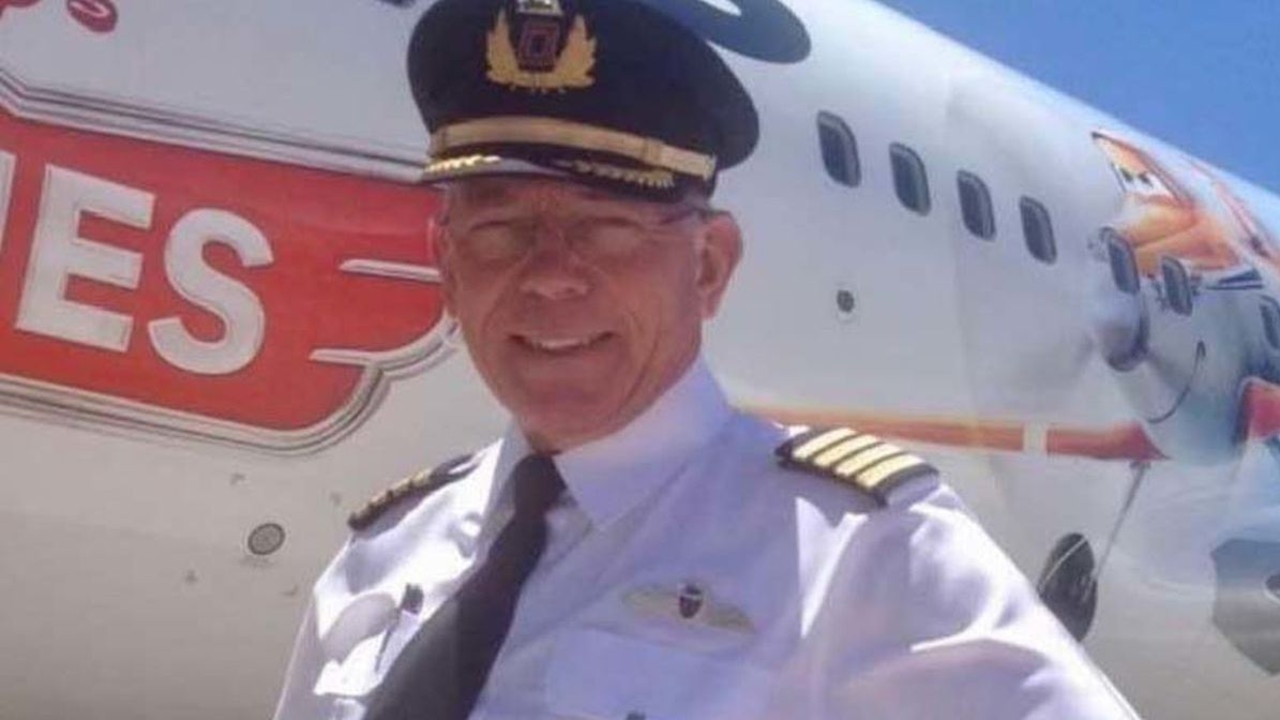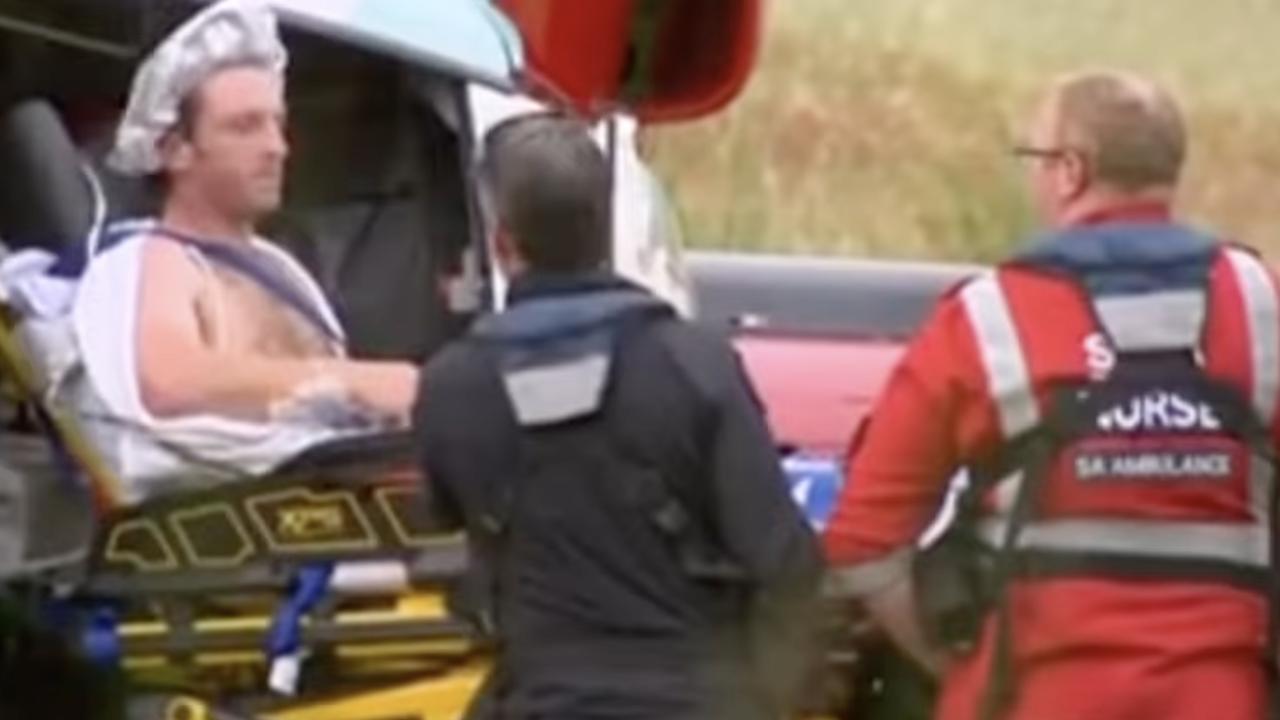Global manhunt for four key suspects in downing of flight MH17
A top investigator in the MH17 crash probe says all eyes are now locked on finding a lieutenant, who they believe pulled the trigger and caused the tragedy.
An international manhunt is underway after arrest warrants were issued for four key suspects over the downing of Malaysia Airlines flight MH17.
The names of the three Russians and one Ukrainian were announced during a press conference by investigators, including Australian police, in the Netherlands overnight.
The Russians are Igor Girkin, a former colonel with the country’s Federal Security Bureau (FSB); Sergey Dubinskiy, a former officer with Russia’s military intelligence agency (GRU); and Oleg Pulatov, a former soldier with the GRU’s special forces spetsnaz unit.
All four were officials in the pro-Russian Donetsk People’s Republic, which is fighting for independence from Ukraine.
The fourth suspect is Ukrainian Leonid Kharchenko, a former commander of a combat unit in the city of Donetsk, in eastern Ukraine. The four will be charged with murder over the July 17, 2014 disaster that left 298 people dead, including 38 Australians.
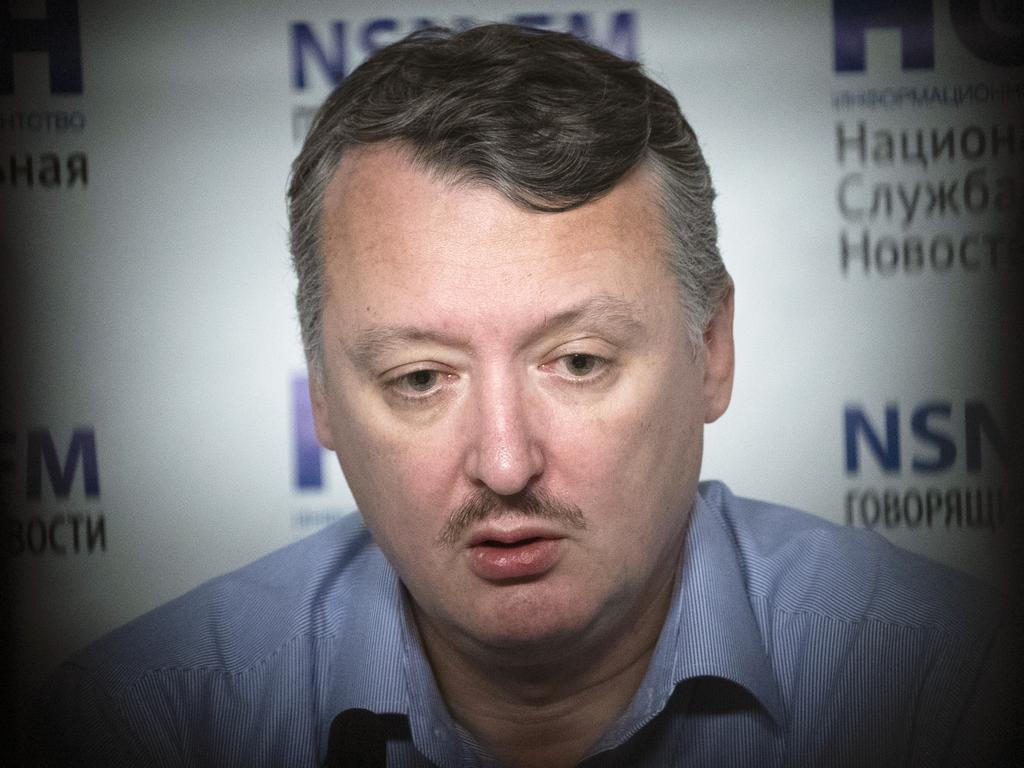
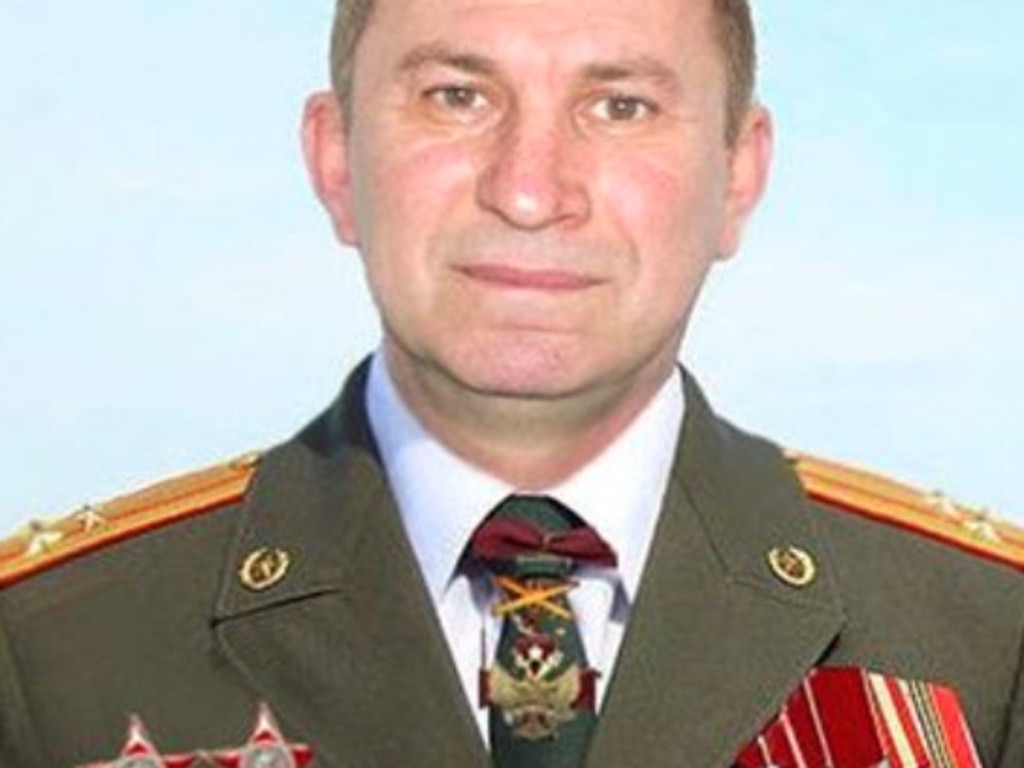
But the top Australian investigator in the MH17 crash probe believes a Russian army captain may be able to reveal who shot down the plane and if they did it on purpose.
The crash probe’s Joint Investigation Team admits the four men charged - who are allegedly responsible for bringing the missile launcher into the area - are only the middle of the chain of command.
Australian Federal Police Detective Superintendent David Nelson says the JIT still wants to prosecute those who pulled the trigger and those who gave the order.
They are also going after the Russian military officials who allowed the weapon to be moved over the international border, he said.
“We had a call for witnesses today focused on the members of the 53rd brigade that could provide some insight with the crew of the (missile launcher) Buk-TELAR,” Det Supt Nelson told AAP.
“But also others were involved in the hierarchy that may have provided the orders and the authority for that weapon be taken into eastern Ukraine.”
One person, who authorities say could hold the key to MH17 and provide more answers, is an unnamed Russian army captain, who was the lieutenant in charge of the 3rd Battalion of the Russian 53rd Anti-aircraft Missile Brigade, which deployed the missile launcher to the Ukraine.
“That individual is one of a number of people that could give us a greater insight into what happened in that particular event on the 17th of July (2014), but also the identity of the crew,” Det Supt Nelson said.
He explained that finding out who gave the order and who pulled the trigger will also determine if the missile was fired accidentally or deliberately, which he said there was still speculation about.
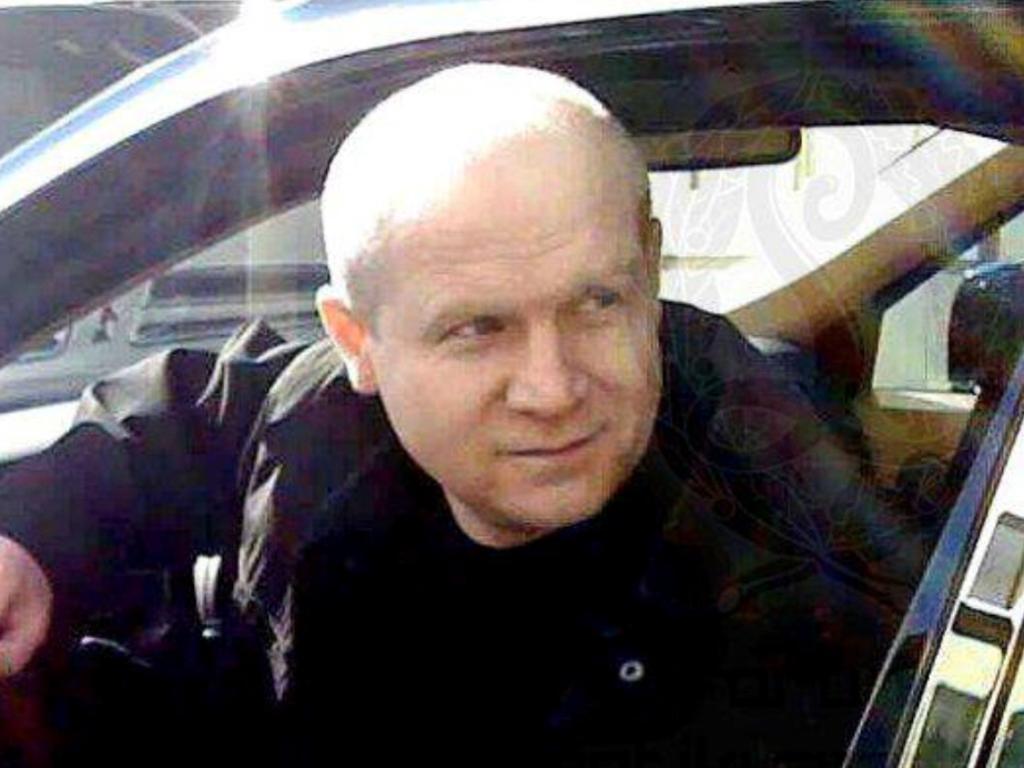
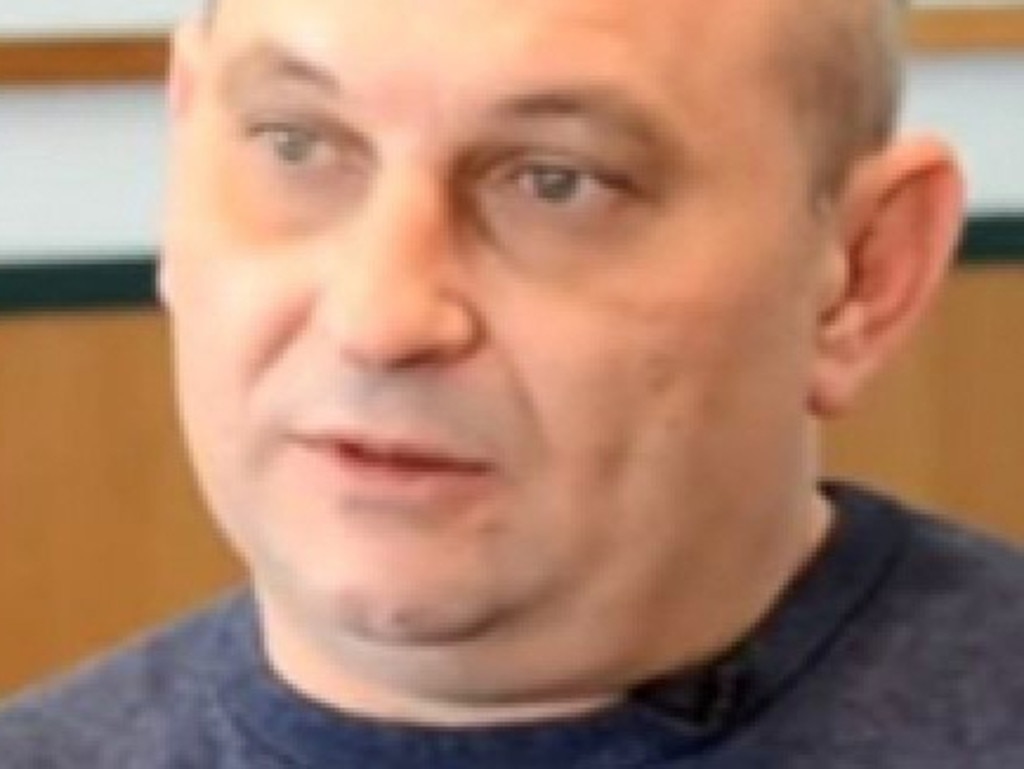
The four men accused will be charged with causing the MH17 crash, leading to the deaths of all 298 people on board, and with murdering the crew and passengers.
Investigators alleged the four were responsible for transporting the Russian Buk Telar missile that brought down the passenger plane as it flew over eastern Ukraine on July 17, 2014.
The Joint Investigation Team said the missile was launched from Ukraine’s separatist-held territory, and they plan to name further suspects who fired the missile or were part of the chain of command.
The four suspects were top officials in the separatist region, where pro-Russian rebels were fighting Ukrainian government forces in the Battle of Shakhtarsk near Hrabove, where MH17 was shot down five years ago.
Girkin, now 48, was minister of defence in the self-titled Donetsk People’s Republic (DNR) at the time. As the highest military officer of the Moscow-backed separatist army, he maintained contact with the Russian Federation.
The former military chief denied that Ukrainian separatists shot down the plane on Wednesday.
“The militia does not have anything to do with this,” said the former intelligence agent, who is thought to live in Moscow. “Neither I nor any other separatist is to blame.
“Rebels did not shoot down the Boeing.”
Girkin, also known as Strelkov (or “Shooter”), said he would not testify in the Dutch-led legal proceedings against him at The Hague on 9 March next year.
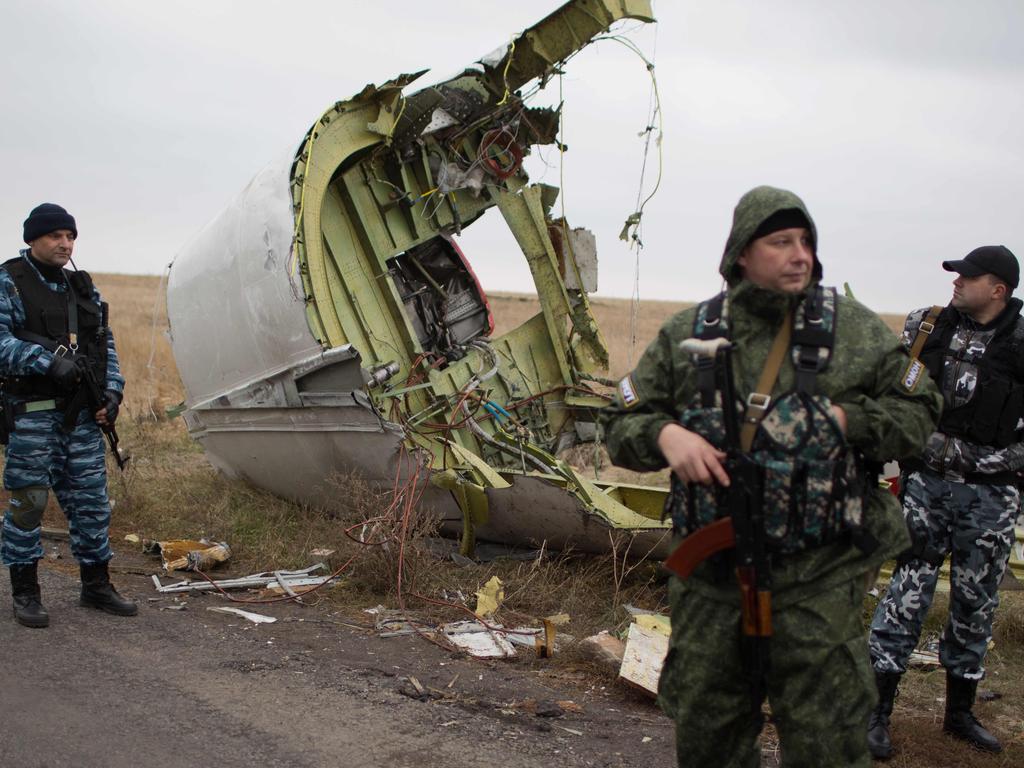
In 2014, Girkin ruled the then rebel stronghold of Slavyansk with an iron fist, with executions for petty theft reportedly carried out under his rule.
But he was squeezed out of the separatist leadership later that year in mysterious circumstances and returned to Russia, where he lost all influence and reportedly had financial difficulties.
Dubinskiy, now 56, was Girkin’s deputy in the Russia-backed region in 2014 and head of the DNR’s intelligence service. They reportedly met while fighting in the First Chechen War in the mid-1990s.
The Bellingcat website reported that the Afghanistan veteran “requested the delivery of a battle-ready BUK missile launcher” — the type of missile said to have downed the plane — and was “involved in the removal of the BUK back to Russia after the downing of MH17.” He reportedly lives in Rostov-on-Don, his native city in southern Russia near the border with Ukraine.
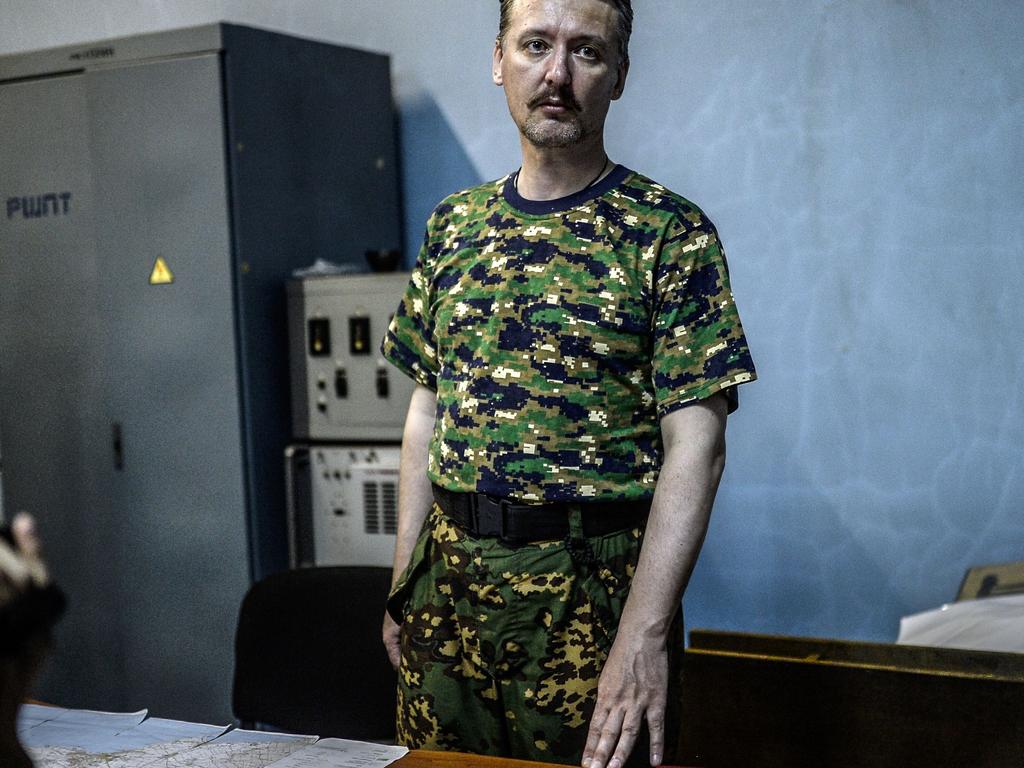
Pulatov, 52, was Dubinskiy’s deputy and military officer of the Russian Spetznaz-GRU, the special units of the Russian military intelligence service. Nicknamed “Gyurza” after a viper snake, Pulatov helped ensure the safety of the area where the MH17 debris fell.
Kharchenko, 47, was commander of a combat unit in the Donetsk region and received his orders directly from Dubinskiy. According to Ukrainian media, Kharchenko is wanted by Kiev for the siege of government buildings and his role in helping the rebels. In an interview published in 2015 by a separatist news agency, he called authorities in Kiev a “fascist regime” that is built on a “Nazi” ideology.
They were at the centre of an armed conflict in the area between pro-Russian fighters and the Ukrainian armed forces.
Investigators said the soldiers “formed a chain linking DNR with the Russian Federation” and helping rebels bring military weapons from Russia into Ukraine, including the anti-aircraft missile launcher. It is believed the shooting of MH17 was a devastating mistake.
The victims on board the Boeing 777 headed from Amsterdam to Kuala Lumpur include 38 Australians and 80 children. There were also one New Zealander, 193 Dutch, 43 Malaysians, 12 Indonesians and 10 British passengers aboard MH17. The other passengers were from Germany, Belgium, the Philippines and Canada.
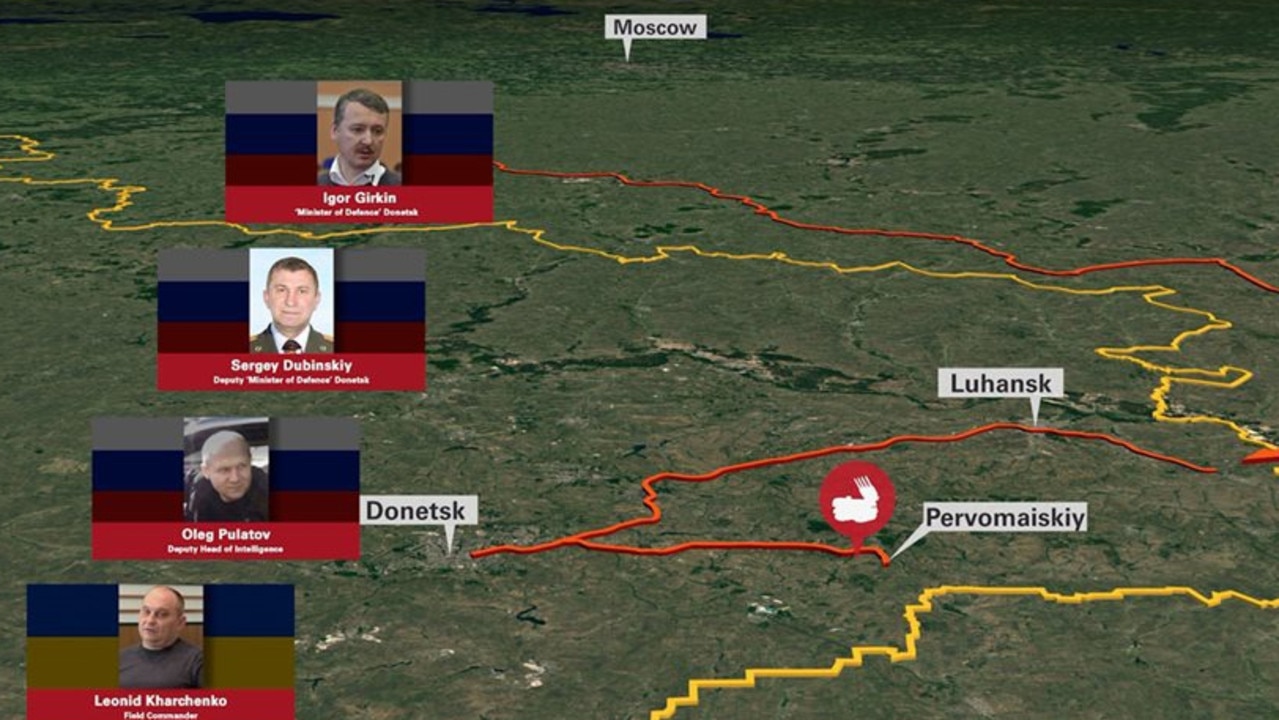
Chief Constable Paulson said it was clear there was deeper involvement by the Russian state allowing the Buk to be transferred over the border and it may have been sent along with its Russian crew.
“Even though they have not pushed the button themselves ... they are just as punishable,” said Netherlands Chief Constable Wilbert Paulisson.
He said investigators want to know who decided to send the Buk into the Ukraine, who chose the crew and what their mission was once it crossed the border.
The investigation team, made up of detectives and prosecutors from the Netherlands, Malaysia, Australia, Belgium and Ukraine, last year said that it was convinced that the Buk missile system used to shoot down flight MH17 came from the Russian army’s 53rd Anti-Aircraft Missile brigade, based in the Russian city of Kursk.
A key suspect in the investigation who cannot be named is Lieutenant X, who was in charge of the battalion the BUK was part of when it was fired at MH17.
That man is now a serving captain in the Russian military.
Russia has always denied responsibility for shooting down the flight and claimed last year that the Buk missile came from Ukrainian army arsenals.

